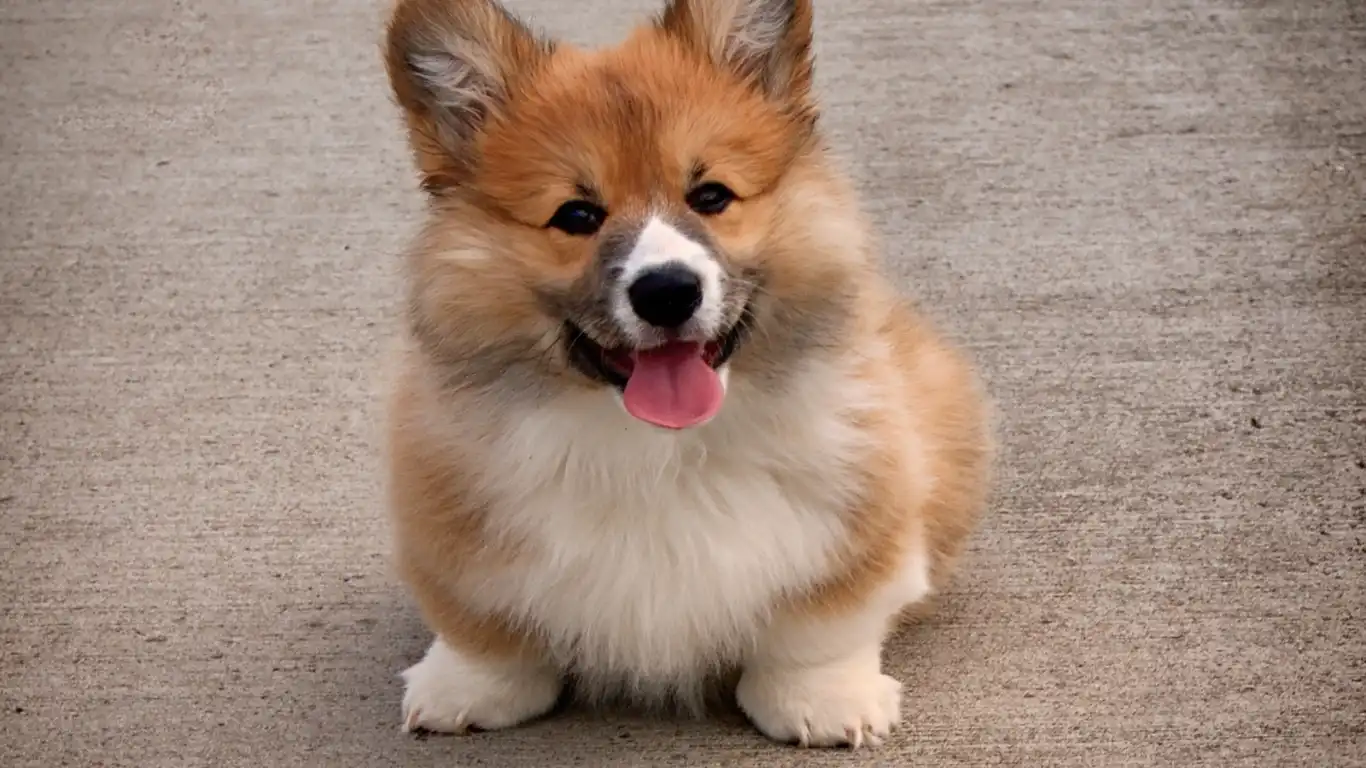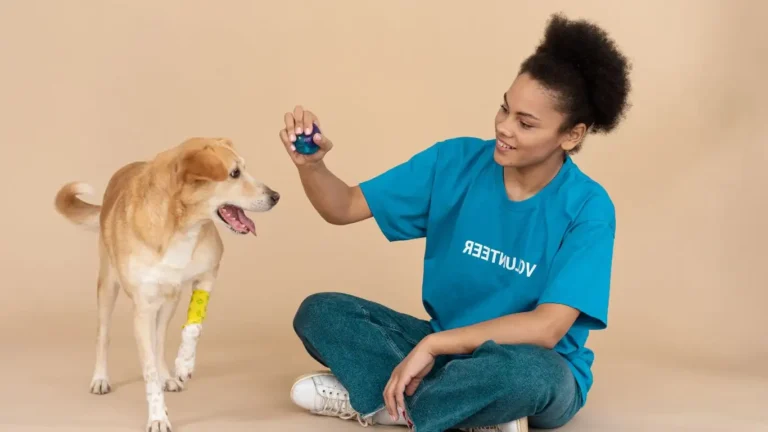Essential Dog Care Tips to Keep Your Pup Happy and Healthy
As a Canine-Assisted Therapy Trainer, I’ve worked with dogs in many different capacities, and I can say without a doubt, taking proper care of your furry friend is essential for their overall happiness and well-being. Whether you’re a first-time dog owner or an experienced pet parent, learning the essential dog care tips to keep your pup happy and healthy is the foundation of a strong, lifelong bond with your dog. Dogs rely on us for their basic needs, and if we meet those needs consistently, our pets will thrive.
Understanding Your Dog’s Basic Needs
Every dog, regardless of breed or size, has some common needs that must be met in order for them to live a long, healthy, and happy life. One of the first things I want to emphasize is that dog care isn’t one-size-fits-all; it’s important to recognize that each pup has unique needs based on their age, size, breed, and personality. But there are a few things every dog needs in terms of food, exercise, and mental stimulation. Let’s dive into these important aspects of dog care.
The Right Diet: Fuel for Your Pup
Just like humans, dogs need a balanced and nutritious diet to stay healthy. I can’t stress enough how important it is to choose the right food for your dog, based on their age, size, and any special health needs they may have. In my experience, many dog owners tend to go for cheaper food options, but the nutritional value of your dog’s food is directly linked to their health. Invest in high-quality food that supports their energy levels and helps maintain a shiny coat, strong muscles, and a healthy weight.
When selecting food for your pup, look for products that contain high-quality proteins, such as chicken, lamb, or beef, and avoid those with too many fillers like corn or soy. Also, ensure that your dog’s diet is suitable for their life stage – whether they are a puppy, adult dog, or senior dog, their nutritional requirements will change over time. A puppy, for instance, needs more calories and proteins to grow strong, while a senior dog may require food that helps with joint health and reduces inflammation.
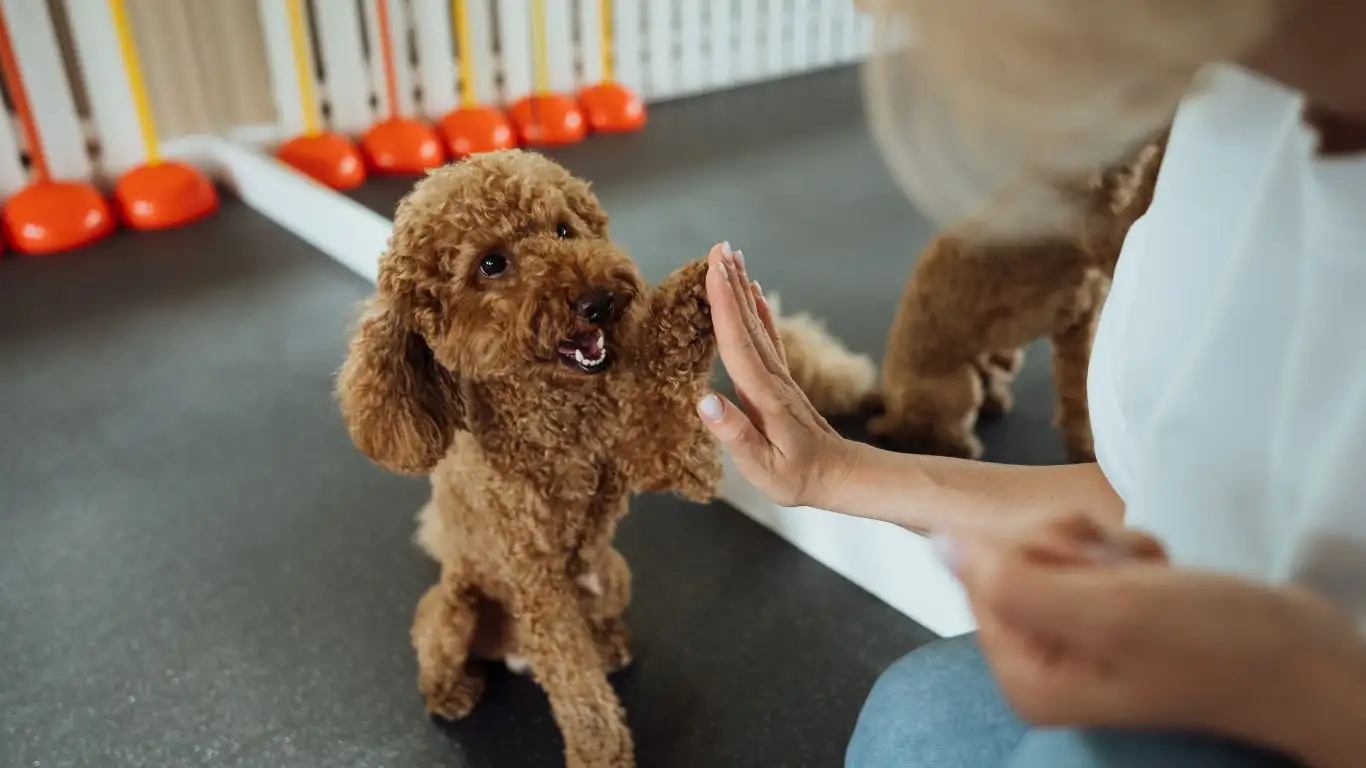
Water: Essential for Health
Water is just as important as food, and often it’s something that gets overlooked. Dehydration can lead to all kinds of issues, from dry skin to kidney problems, and can be extremely dangerous if not addressed. Make sure your dog always has access to fresh water. I recommend getting a water bowl that’s easy for them to drink from – some dogs may prefer a water fountain that keeps the water flowing, as it’s more enticing than a stagnant bowl.
Exercise: Keeping Your Pup Fit and Active
One of the most important aspects of dog care is regular exercise. Dogs are naturally active creatures, and they need daily exercise to stay healthy and happy. Not only does exercise help maintain a healthy weight and muscle tone, but it’s also essential for mental stimulation and behavioral health.
Whether it’s a walk in the park, a run, or a game of fetch in your backyard, your dog needs consistent physical activity. The amount of exercise depends on your dog’s breed and age. High-energy breeds like Border Collies or Golden Retrievers will require more exercise, while smaller or older dogs may be content with shorter walks. In my experience, a tired dog is a happy dog, and regular play sessions or outdoor activities can prevent destructive behaviors caused by pent-up energy.
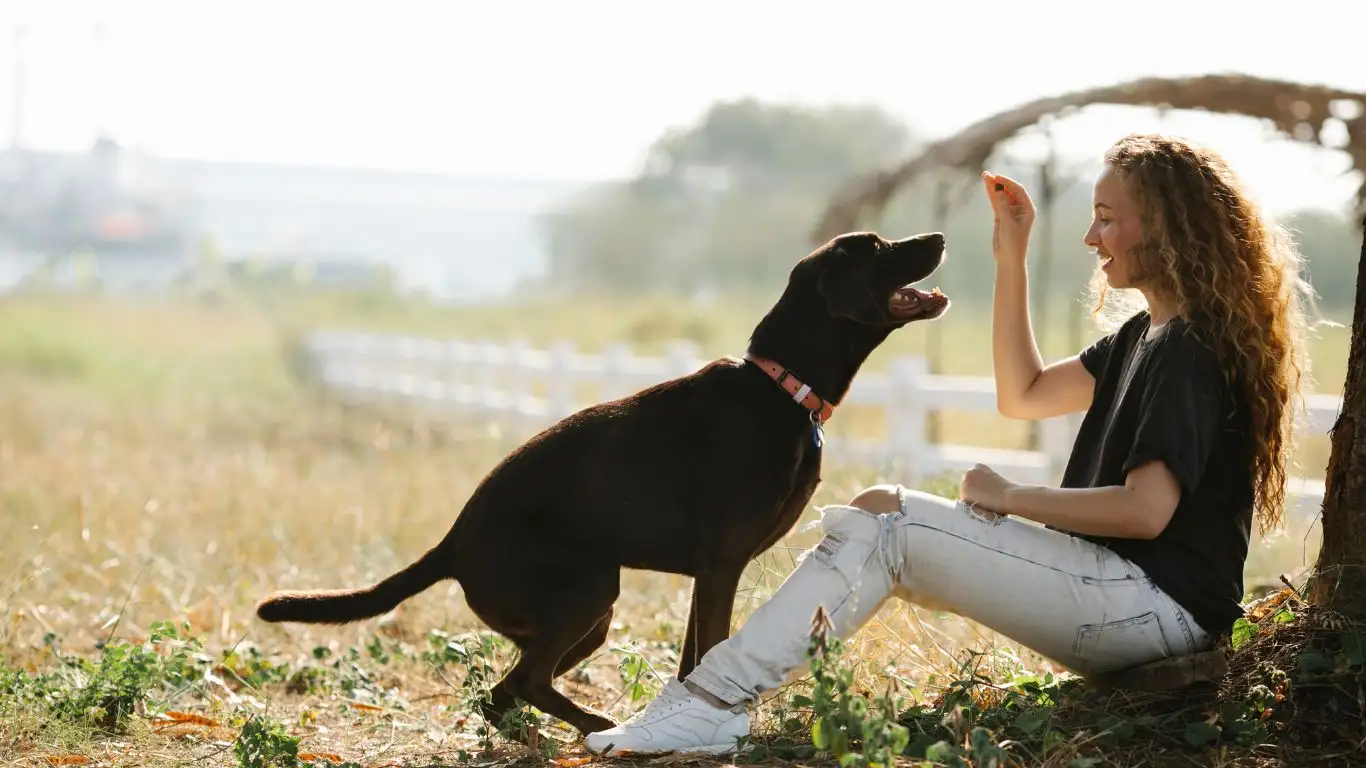
Proper Training: Building Good Habits
Training is another crucial part of ensuring your dog is happy and healthy. Positive reinforcement methods work best – rewarding your dog with treats or praise when they do something right helps to build strong, trusting relationships. Consistency is key when it comes to dog training. Whether it’s potty training, teaching commands like “sit” or “stay,” or encouraging good behavior, all of these elements come together to create a well-mannered dog who knows how to communicate with you.
One of my favorite things about being a Canine-Assisted Therapy Trainer is seeing the transformation in dogs once they’ve received the right kind of training. It not only improves their behavior but also boosts their confidence and strengthens their bond with their owners. It’s incredibly rewarding to witness a dog become more comfortable in their environment and more responsive to their humans’ needs.
Maintaining Regular Vet Visits
Another cornerstone of keeping your pup happy and healthy is ensuring they have regular check-ups with a veterinarian. Routine vet visits are essential for monitoring your dog’s overall health, detecting potential issues early, and staying up-to-date with vaccinations and preventive treatments. As dogs age, regular vet visits become even more critical. These appointments can catch health problems like joint issues, heart disease, or even cancers before they become serious.
In my practice, I always encourage dog owners to develop a good relationship with their vet, so you feel comfortable reaching out whenever something seems off. Trust me, as a dog owner, it’s always better to be proactive than reactive when it comes to your dog’s health!
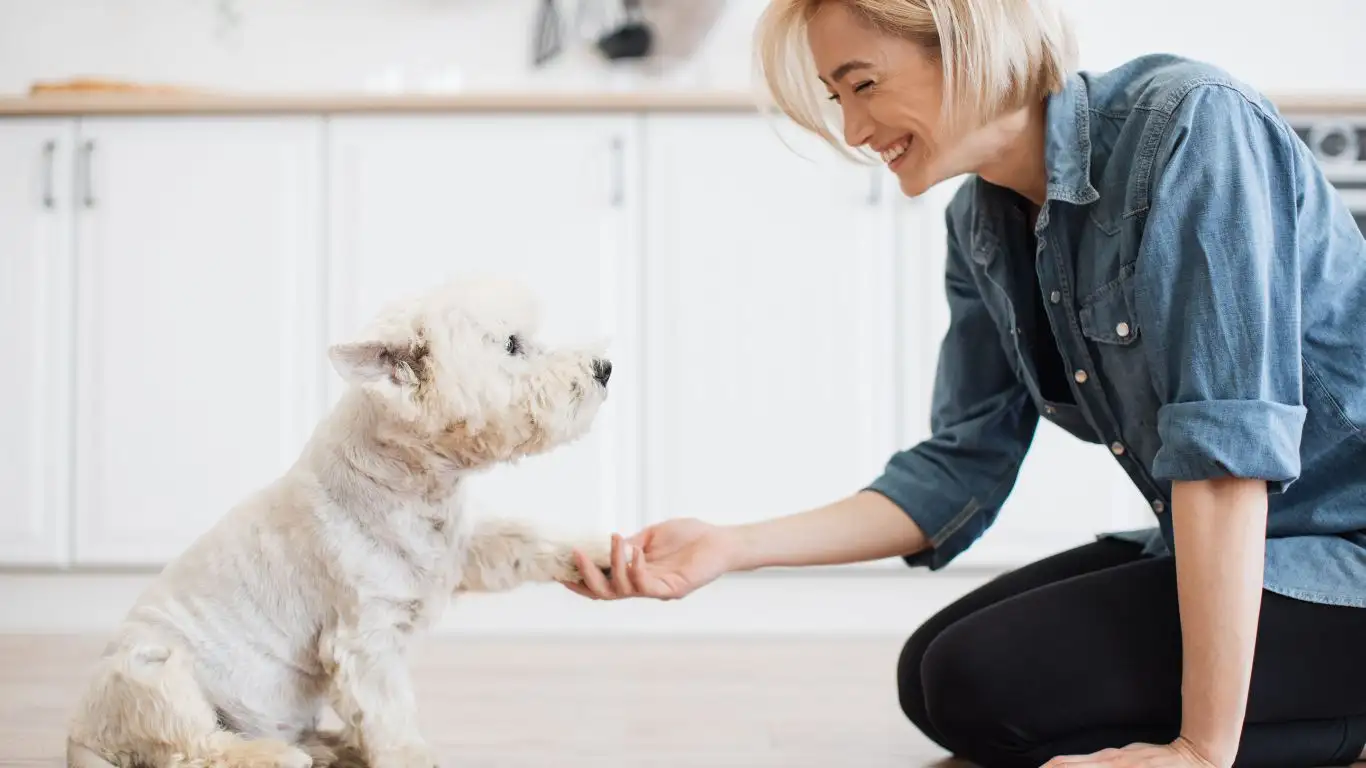
Grooming: Keeping Your Dog Looking and Feeling Their Best
Grooming isn’t just about making your dog look cute (though, let’s be honest, that’s a big perk!). It’s an essential part of maintaining their health. Regular grooming helps prevent skin issues, matting in their fur, and even problems like ear infections. I’ve always loved how grooming time is a special bonding moment with my dog, and it’s an opportunity to check for any unusual changes on their body that might indicate health concerns.
Brushing Your Dog’s Coat
The frequency of brushing depends on your dog’s coat type. Long-haired breeds like Shih Tzus or Collies need more regular grooming, while short-haired dogs like Beagles or Boxers need a good brush every so often. Brushing helps remove loose fur and prevents mats from forming. Plus, it stimulates their skin and helps distribute natural oils that keep their coat shiny and healthy.
Even though brushing may seem like a simple task, it can be a soothing ritual for both you and your dog. I always recommend starting grooming sessions when they are puppies so they get used to the sensation. A positive experience with brushing can help prevent resistance as they grow older. When you have a dog that enjoys grooming, it turns into a bonding time rather than a chore!
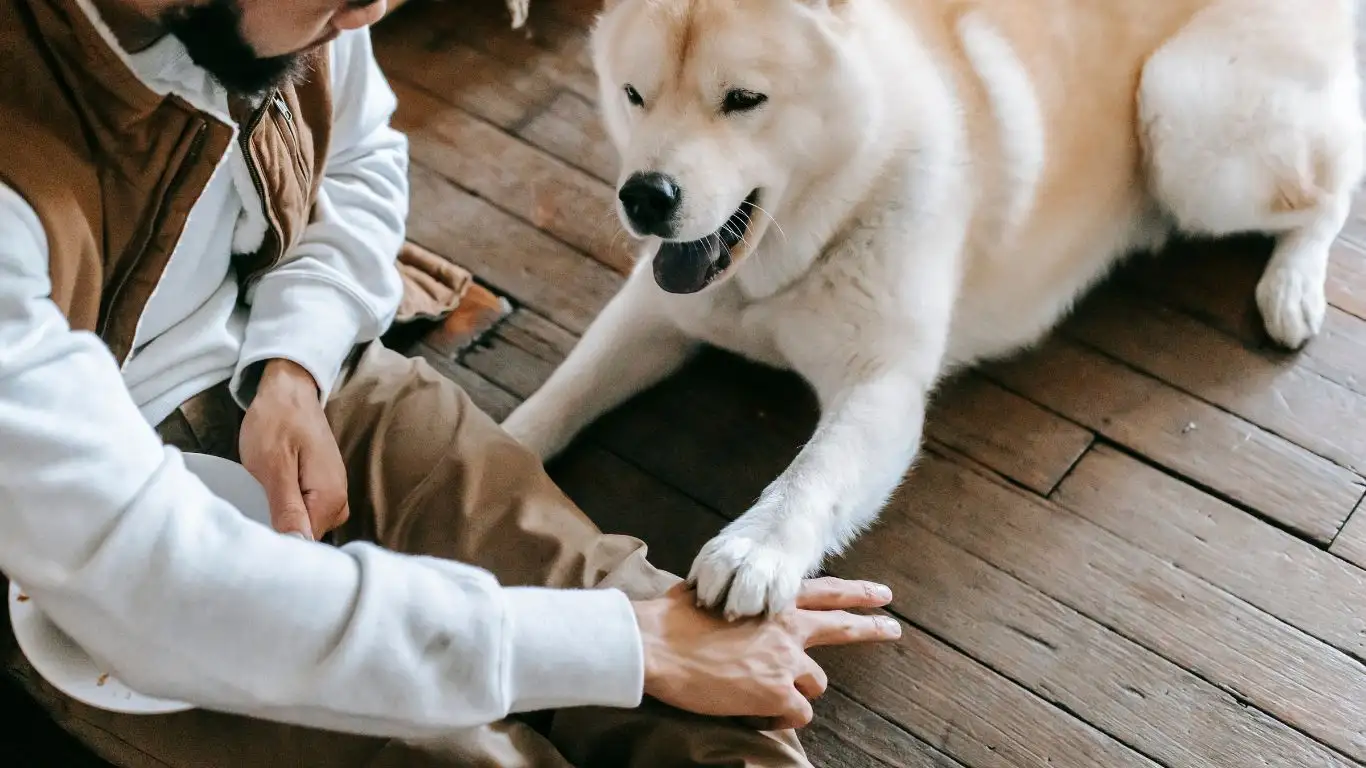
Bathing: Not Too Often, But Definitely Important
Bathing your dog too frequently can strip their skin of natural oils, which can lead to dryness or irritation. That said, you still need to bathe your dog regularly to remove dirt, bacteria, and odor. How often depends on your dog’s lifestyle, but most dogs only need a bath every couple of months or so. If your dog loves getting dirty during playtime (like mine does), you might want to bath them more often.
Use a dog-friendly shampoo that’s gentle on their skin. Avoid using human shampoo, as it can be too harsh for their more sensitive skin. After the bath, make sure to dry your dog thoroughly, especially in cold weather, to avoid them getting chilled.
Dental Care: Protecting Your Dog’s Smile
We often overlook dental health when it comes to our dogs, but it’s just as important as their other physical health routines. I’ve seen too many dogs develop dental issues like tartar buildup, gum disease, or bad breath simply because their owners didn’t make oral care a priority. Just like humans, dogs need their teeth cleaned to avoid these problems.
Why Dog Dental Care Matters
Dental disease can affect a dog’s overall health, potentially leading to issues with their heart, kidneys, and liver. Even if your dog seems fine, bad breath or discolored teeth could be an early sign of a problem. I always recommend regular brushing of your dog’s teeth—ideally, a few times a week if not every day. There are special dog toothbrushes and toothpaste that are safe for them. Don’t ever use human toothpaste, as it can be toxic to dogs.
In addition to brushing, there are plenty of dental chews, treats, and toys that help promote oral health by scraping off plaque and massaging gums. My dog, for instance, absolutely loves her dental chews, and it keeps her occupied for a good while. I also schedule annual dental check-ups with my vet to ensure everything’s in tip-top shape.
Signs of Dental Issues to Watch For
If you notice your dog’s breath smells unusually foul, or if they are drooling more than usual, it’s time to check their teeth. Other signs that could indicate dental problems include difficulty eating, pawing at their mouth, or even refusing to eat. Always consult with your vet if you notice any of these symptoms.
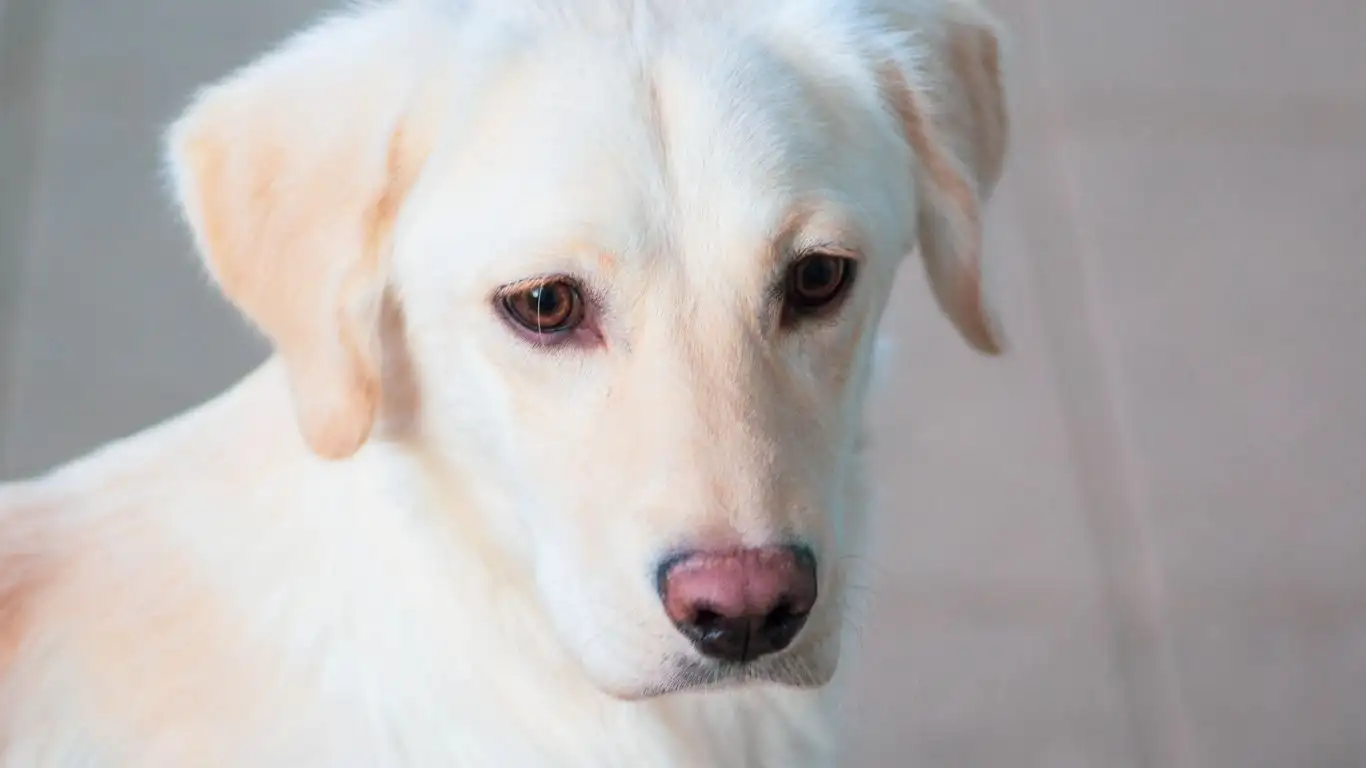
Creating a Safe and Comfortable Living Environment
One of the most important things I’ve learned in my career is that dogs feel most secure in environments that are stable, safe, and consistent. Whether you’re preparing a cozy space for your puppy or maintaining comfort for your senior dog, the environment plays a huge role in their happiness. A dog that feels safe and relaxed in their space is more likely to display positive behaviors and have better overall mental health.
Comfortable Sleeping Arrangements
Your dog’s bed or sleeping space is crucial to their well-being. Just like us, dogs need a comfortable and quiet place to rest. I personally recommend investing in a high-quality dog bed that supports their joints, especially if they’re a larger breed or getting older. A bed that’s too small or doesn’t provide enough cushioning can lead to aches and pains over time. Additionally, make sure the sleeping area is away from drafts or loud noises, so your dog can get uninterrupted sleep.
Safety First: Dog-Proofing Your Home
Creating a safe space for your dog goes beyond just their bed. You also need to dog-proof your home. This means keeping harmful chemicals, sharp objects, and dangerous foods out of reach. My dog is a curious little one, so I had to learn to lock up cleaning products and keep dangerous plants (like lilies and aloe vera) away from her. Additionally, make sure any wires or small objects your dog could swallow are securely tucked away. Safety is all about prevention, and with a little preparation, you can prevent accidents.
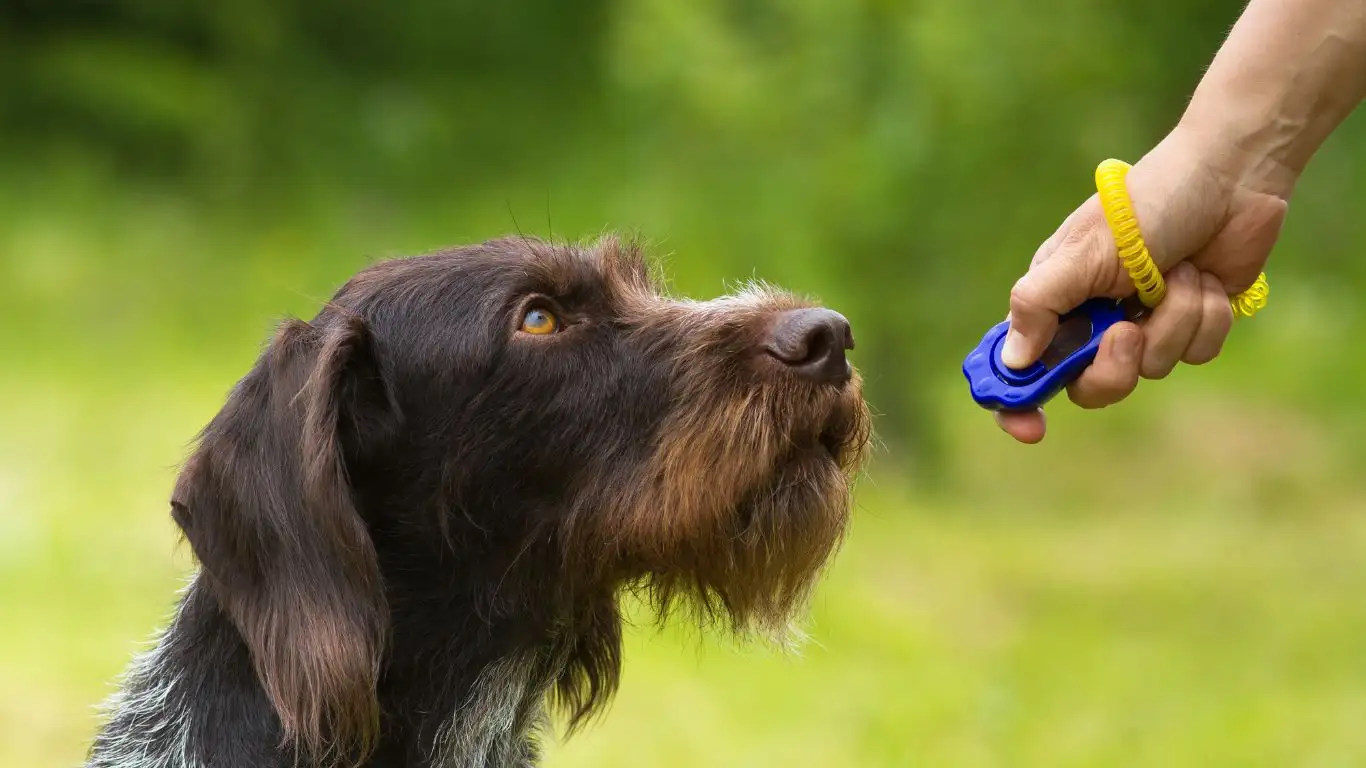
Socialization: Building a Well-Behaved and Confident Dog
One of the most important aspects of raising a happy and healthy dog is proper socialization. Socialization is the process of exposing your dog to different environments, people, and other animals in a positive and controlled manner. When done correctly, it helps your dog develop good manners, become more adaptable to new situations, and feel more comfortable in different settings.
Why Socialization Matters
Socialization helps your dog feel comfortable in the world around them. Dogs that aren’t well-socialized can become fearful or aggressive towards unfamiliar people, animals, or environments. This can lead to behavioral problems that are not only frustrating for you but also stressful for your dog. I’ve worked with several dogs in therapy training, and I can tell you that socialization has a direct impact on their ability to stay calm and responsive in various situations.
Whether it’s taking them on walks in busy areas, visiting the vet, or introducing them to other dogs, the more exposure they have, the better they can adjust to new experiences. It’s vital to start socializing your dog early, but if your dog is older and has not been properly socialized, you can still work on it with patience and consistency.
Tips for Socializing Your Dog
- Start early: Begin socialization when your dog is a puppy, as this is when they are most receptive to new experiences.
- Use positive reinforcement: Reward your dog for calm behavior around new people or animals. This builds confidence.
- Gradual exposure: Don’t overwhelm your dog. Start with less intimidating situations and gradually increase the complexity as they become more comfortable.
- Enroll in puppy classes or dog training sessions: These are great opportunities for your dog to interact with other dogs in a controlled, supervised setting.
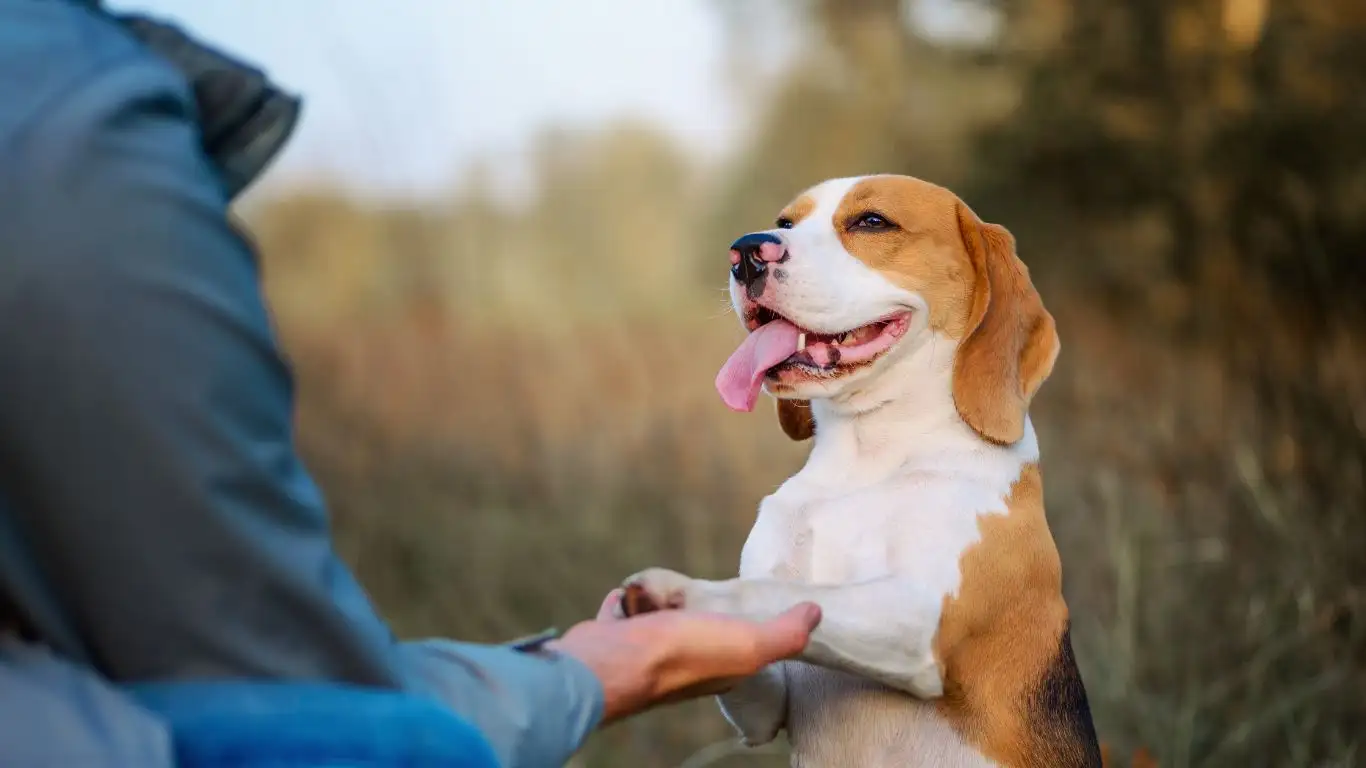
Keeping Your Dog Mentally Stimulated
Just like physical exercise is important, mental stimulation is key for your dog’s overall well-being. A mentally stimulated dog is less likely to engage in destructive behavior like chewing, digging, or excessive barking. Dogs are naturally curious and intelligent, so providing them with enrichment activities can help keep their minds sharp and happy.
Interactive Toys and Games
One of my favorite ways to keep my dog mentally engaged is by using interactive toys and puzzle feeders. These toys challenge your dog to figure out how to get the treat or reward inside, which keeps them focused and entertained for hours. I’ve found that rotating their toys regularly helps keep them interested and mentally stimulated.
Games like hide and seek or scent tracking are also fantastic ways to engage your dog’s brain. Dogs have incredible noses, and activities that tap into their natural hunting and scenting instincts are both rewarding and satisfying for them. It’s not just about tiring them out physically, but also giving them tasks that encourage problem-solving.
Training and Learning New Tricks
Another way to stimulate your dog’s mind is through training. Whether it’s learning a new command or teaching them a fun trick, training sessions are a great way to bond and keep your dog sharp. I always try to keep training sessions short and positive, as too much repetition can become frustrating for both of us. Reward-based training works best, and it’s a great opportunity to reinforce good behavior while keeping your dog engaged mentally.
References
For more information on dog care, including nutrition, training, and health tips, I recommend checking out the following resources:
- American Kennel Club (AKC) – A great resource for breed-specific care and training advice.
- PetMD – An excellent site for health-related articles and expert veterinary advice.
- National Institutes of Health (NIH) – For health and wellness information related to pets and their owners.
- Health.com – For general wellness tips that can apply to both dogs and their humans!
Disclaimer
The information provided in this article is intended for educational purposes only. It is not a substitute for professional veterinary advice. Always consult with your veterinarian for the best care options for your dog based on their individual health needs. Every dog is unique, and what works for one may not work for another. If you are ever unsure about your dog’s health, well-being, or behavior, seek the advice of a qualified veterinarian.
By following these essential dog care tips to keep your pup happy and healthy, you are giving your dog the best chance at living a fulfilling and joyful life. Every dog deserves the love, care, and attention that can help them thrive, and I’m sure your dog will appreciate the effort you put into making their life as happy as possible.
